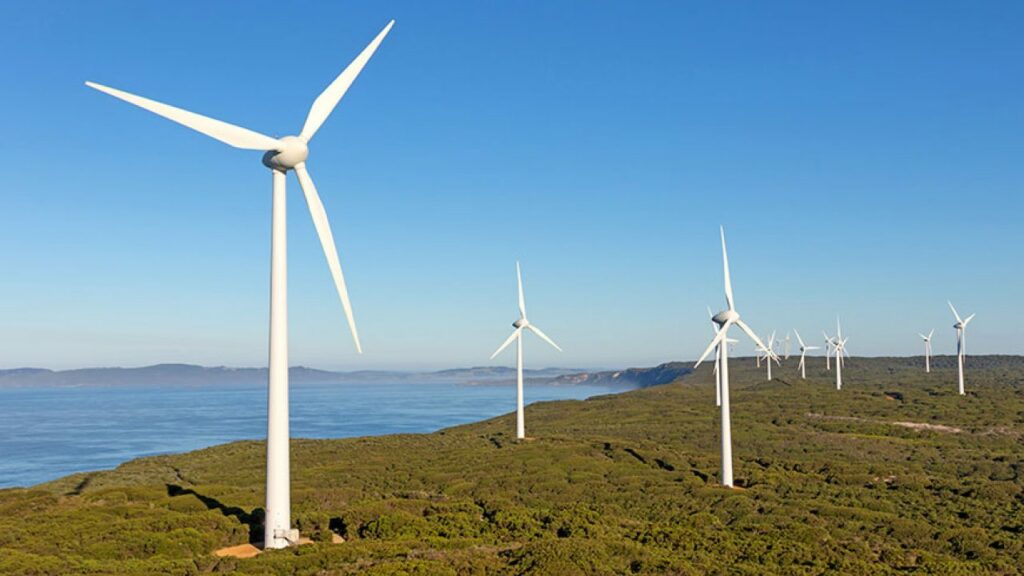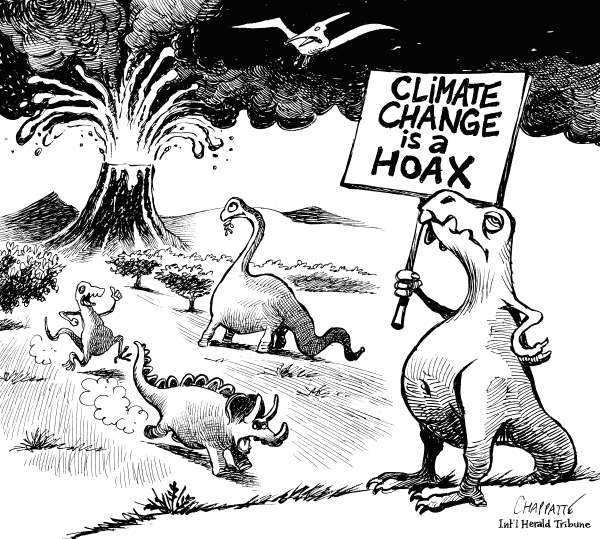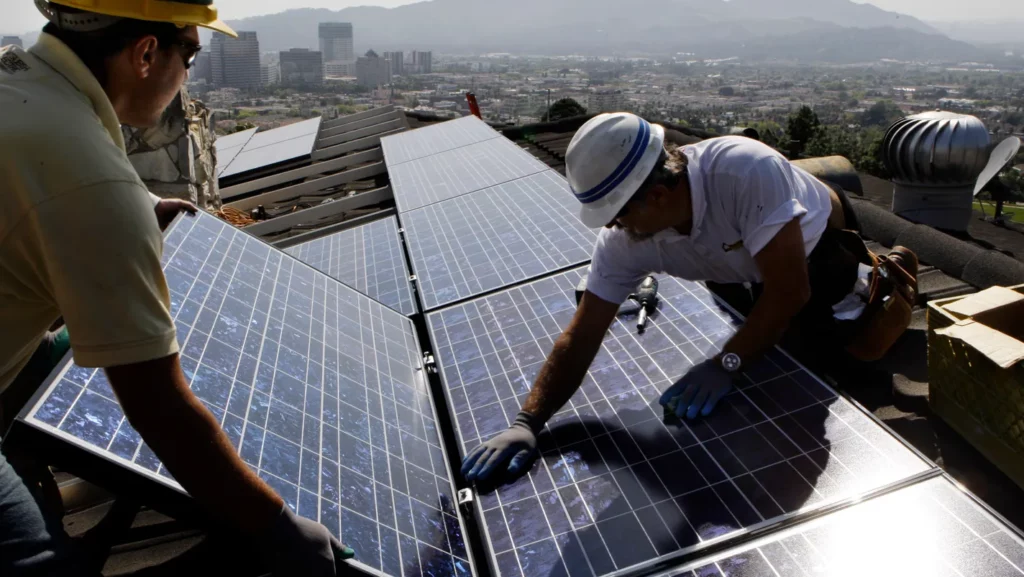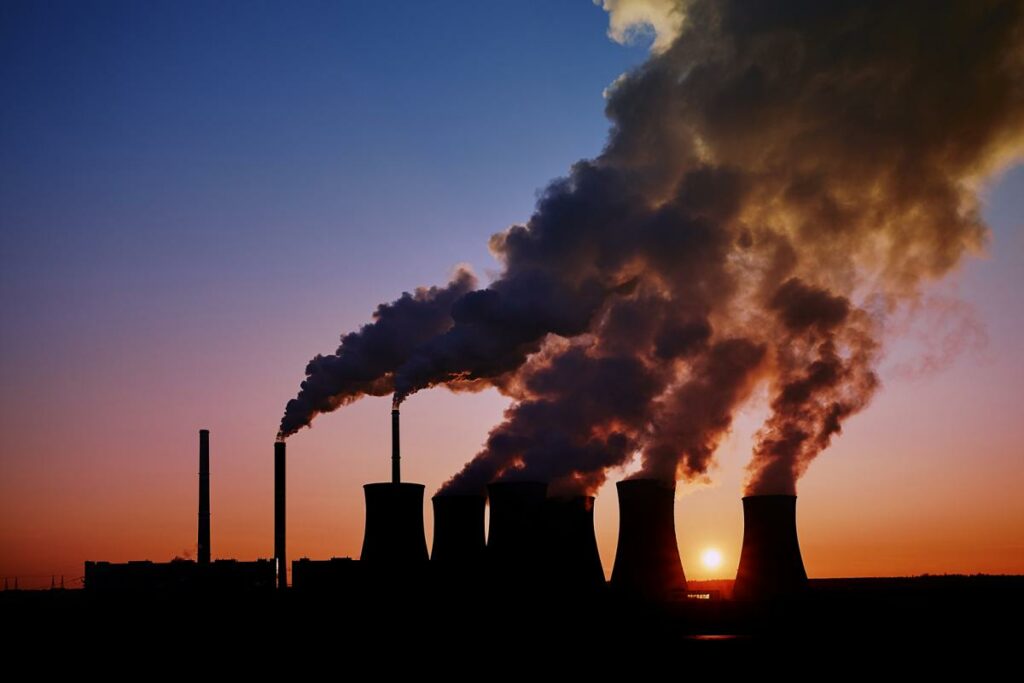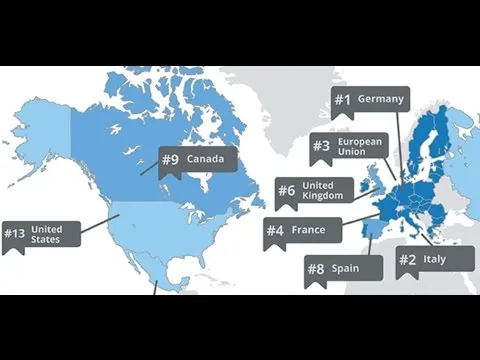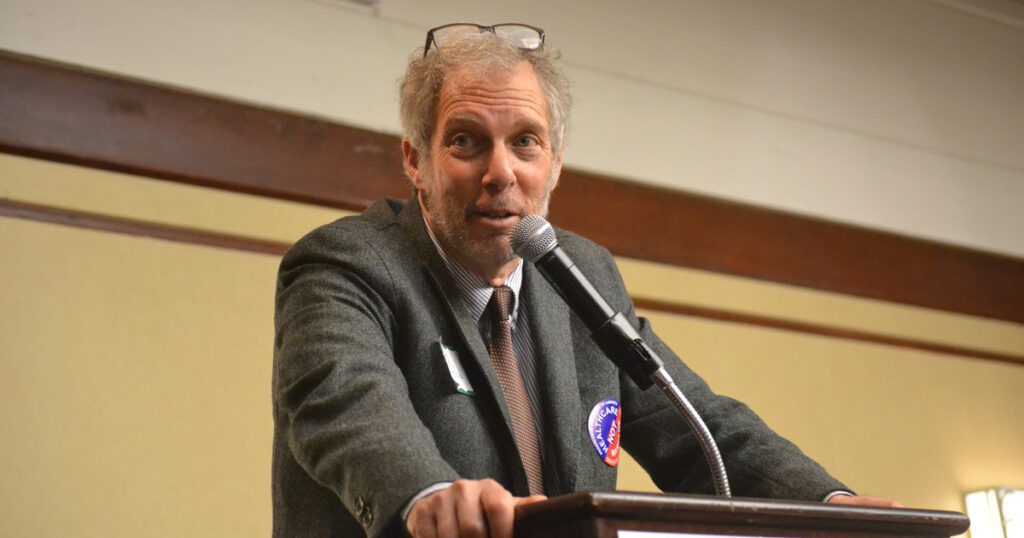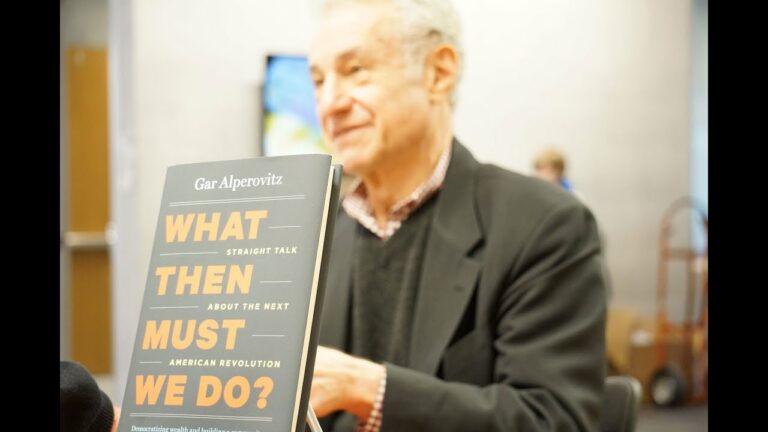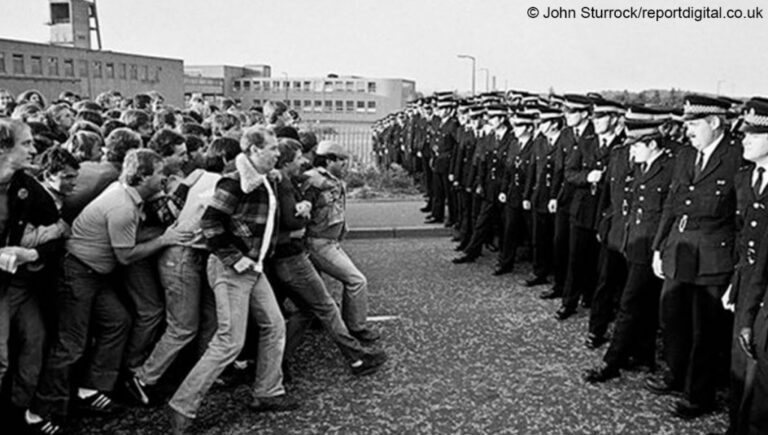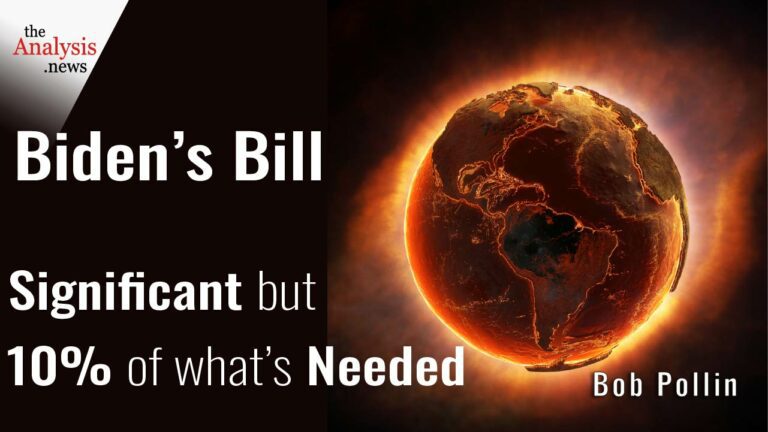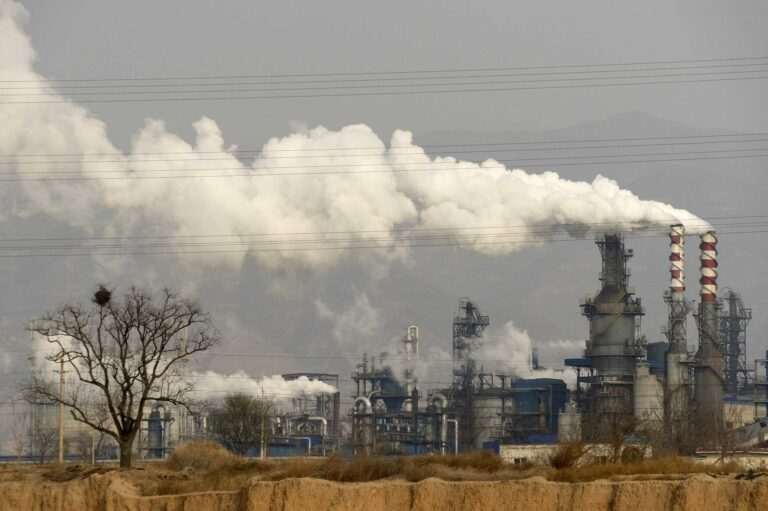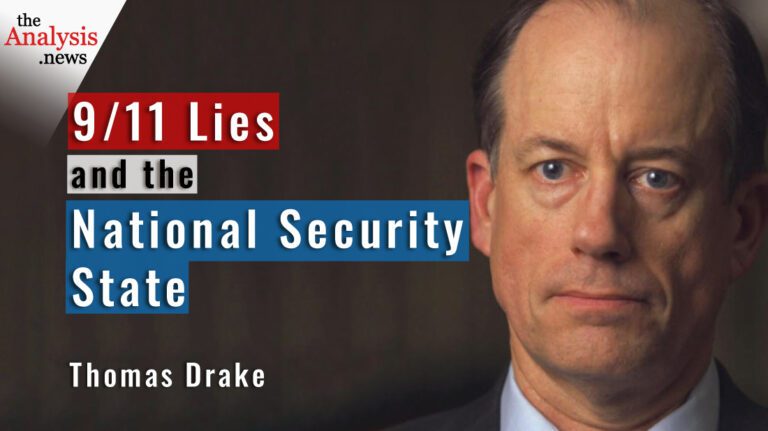Mr. Pollin tells Paul Jay the most likely scenario is that the level of CO2 carbon dioxide emissions are going to be twice the level that the Intergovernmental Panel on Climate Change, says is necessary to have a chance to stabilize the climate.
This is an episode of Reality Asserts Itself, produced January 6, 2015.
STORY TRANSCRIPT
PAUL JAY, SENIOR EDITOR, TRNN: Welcome to The Real News Network. This is Reality Asserts Itself. I’m Paul Jay in Baltimore.
In this Reality Asserts Itself, we’re going to explore, over around ten segments, what a new green economy might look like and how we might get there.
When President Obama ran in 2007, he talked a lot about a green economy as being a solution to the economic crisis, and many people have talked about it. But we haven’t seen many concrete plans, certainly from those who are governing, to get there.
So, in the beginning of this series with Robert Pollin, who’s done some work–Bob Pollin from the PERI institute–he’s tried to model what a green economy might actually look like (he’s tried to actually crunch the numbers) and talk a little bit about how you get from A to B.
So, without further ado, joining us in the studio is Bob Pollin.
Thanks for joining us.
ROBERT POLLIN, CODIRECTOR, PERI: Hi. Thank you very much for having me, Paul.
JAY: So, Bob is codirector and distinguished professor of economics at the Political Economy Research Institute at the University of Massachusetts in Amherst. He’s the author of many books, his latest being Back to Full Employment. He’s worked as a consultant for the U.S. Department of Energy, the International Labour Organization, and numerous NGOs on building high-employment green economies. He is the author of the recent study or book Global Green Growth, a forthcoming report with the United Nations Industrial Development Organization. And we should also say Bob owns and runs a company called PEAR, which does retrofitting and various things to make buildings–
POLLIN: Solar installations.
JAY: –greening–solar installations. And that is a for-profit company.
POLLIN: For-profit.
JAY: Alright. So you do have an interest in making–
POLLIN: Yes, I do.
JAY: –stuff green.
POLLIN: Mhm.
JAY: Alright.
So we’re dividing this up into ten segments around ten minutes each, and we’re going to kind of work through Bob’s report and take up various questions about how one gets to a green economy. We are obviously starting with the assumption that we need one, that climate change is a serious threat. And we are buying that 95–or is it 98 percent or something of most scientists that have looked at this say the situation is urgent and even dire. And let’s start with that. What–in terms of you crunching numbers and looking at things, just how urgent is the issue?
POLLIN: Okay. So there are basically two big agencies in the world that run these global models of energy consumption and emissions. One is the U.S. Energy Department, and the other is the International Energy Agency in Paris. Now, they do their estimates on what’s going to happen in the next 20 years, and they have these things, what they call their reference case or business as usual. The most likely scenario, given the way the world is and what we think’s going to happen–and, of course, nobody knows for sure, but–well, it’s coming down.
The most likely scenario says that the level of CO2 carbon dioxide emissions are going to be twice the level that the Intergovernmental Panel on Climate Change, the IPCC, says is necessary to have a chance to stabilize the climate, to start stabilizing the climate over the next 20 years. So both of these agencies say that we’re going to be consuming, generating about 40 billion tons per year of CO2 and we basically need to be at 20 billion. This is according to the Intergovernmental Panel on Climate Change. So both of these agencies agree we’re nowhere even close to achieving–and, by the way, there’s a lot of serious climate scientists who say that the goal of the Intergovernmental Panel on Climate Change is far too modest. But let’s just take their modest case, which says we have to be at 20 billion tons. They’re saying we’re going to be at 40.
JAY: Okay. And what happens if we stay at 40?
POLLIN: Well, of course, nobody really knows for sure, but all of the evidence–if you take climate science seriously, this is going to be a massive disruption in our climate system that is going to lead to even more frequent and more severe droughts, floods, extreme temperatures. And once those things happen, the entire ecological system of the Earth is massively disrupted. That’s what–this is what they are saying is going to happen.
JAY: So a U.S. government agency says so. A UN scientific panel that has many American scientists on it says so.
POLLIN: Right.
JAY: The preponderance of scientists globally say so. And for a while in ’07, ’08, during that presidential election, even a little bit afterwards, the mass media seemed to take this up as the cause of the day. I remember front pages of magazines and newspapers. I remember once being in Times Square and looking up–I think it’s ABC that’s in Times Square–and they had this–like, I think it was two weeks of special programming on the necessity to face up to climate change. And then it all went away.
What happened? Did the elites decide, well, the scientists are wrong, so it really isn’t such a serious threat? ‘Cause it essentially, including President Obama, at least in terms of what he was saying to the American public–and he had a platform–it went away.
POLLIN: Okay. So, to be fair, I think the Obama administration has done far more than any other administration combined. So they have done things. It’s not nearly enough. That’s part of the issue.
JAY: It doesn’t take much to do more than–
POLLIN: No, but the–.
JAY: –well, partly ’cause the others weren’t very good, and partly–.
POLLIN: That’s true. There was nothing.
JAY: But also the science hadn’t presented us at that level as such an urgent issue.
POLLIN: Okay. But the point is that Obama–the stimulus program of 2009 included massive new spending levels on investing in the green economy, $90 billion, which was 12 percent of the entire stimulus program.
Now, whether or not it worked as a good stimulus, that was a major commitment. It turns out that not nearly that much money was spent.
JAY: Yeah. As I understood it, most of the stimulus was spent on paying salaries for teachers and cops giving money, which–not that it didn’t need to be done, but–.
POLLIN: No. No. But, I mean, most of the money that was supposed to go for the green investments, the $90 billion, was not spent, was not allocated. I mean, we don’t even know exactly how much was, but it was less. It was maybe half.
And Obama’s done other good things. The restrictions on the fuel efficiency standard, to raise the fuel efficiency standard to 54 miles per gallon by 2025, is a major achievement.
JAY: Like, major achievement, again, in relation to what the fossil fuel and the auto industry were pushing back against, but nowhere near the targets that are possible and clearly scientists are advocating.
POLLIN: Oh, no. So there’s that. There’s the commitment the U.S. military is going to go to 25 percent renewables within a decade. So these are major things. And then his restrictions on utility carbon emissions, which was the major issue in the election. So they have done things. But let’s say you take all of the things that Obama has advocated, the Obama administration, and let’s say all of them actually happened in full, which is not going to happen. You still miss–in the United States you still miss, you still miss the emission reduction target by 40 percent. So it is not nearly enough, even under the best case under Obama.
So, clearly what we need is a much more transformative agenda. And that’s what my research is trying to define, what would constitute that transformative agenda.
JAY: So there were times–and acid rain’s an example–where the elites, if you want, capitalists, private sector, government decided actually this is a series enough environmental problem, we will throw stuff at this and fix it. And to a large extent a lot of the lakes that were dying have come back. You had, relative to other places, some half-decent legislation in California, but on the whole, not much of a response anywhere near what the scientists are saying one would think is a threat to the economic system itself. I mean, what is holding this back when it seems so clear that something needs to get done?
POLLIN: Well, I think the magnitude of the climate change is far, far greater than the issue with respect to acid rain, or in fact any other environmental issue that’s come down the pipe. And part of it is obviously that the energy industry is the most powerful and wealthiest or, certainly along with Wall Street, industry in the country and in the world. So there the thing that needs to happen is, number one, we need to invest massively in renewable energy and energy efficiency. My estimate’s, in the United States, about 1.2 percent of GDP. That’s a lot. That’s about $200 billion a year.
JAY: That actually seems low to me. We’ll get into it, but that seems awfully low, actually.
POLLIN: Yeah.
But the other thing is you’ve got to build up renewable energy. But by the same token, you need to contract the fossil fuel industry. The fossil fuel industry has to contract by 40 percent within 20 years in order for us to have a fighting chance.
JAY: And that’s a modest estimate. I mean, a lot of people are calling for, like, zero more quickly.
POLLIN: Yeah, no, I would call for zero. We’re never going to get there in 20 years, but we–you know, in 50 years. In 50 years we can’t be burning oil, coal, and natural gas. We just can’t.
So the way you get there is you have to build up every year. And my U.S. model, my global model, I think that if we invest one and a half percent, roughly, of global GDP a year in clean energy, in renewables and energy efficiency, we can get there. But one and a half percent is a lot. In the U.S. it’s $200 billion. But it’s also manageable. It’s not like a World War II mobilization, when we say we must invest 25 percent of GDP. I think–.
JAY: Which some people are suggesting is necessary.
POLLIN: Yes. I think you can get there at this number. And a lot of the work I’ve done is to try to figure out what that number needs to be.
JAY: And, I mean, part of your argument is, while that’s a big number, it’s not on the scale of World War II, which means in theory it’s doable, but it ain’t being done. So we’re going to talk–at least not yet.
So we’re going to stop this segment here. And as I said, we’re doing a series of segments.
So in the next segment we’re going to explore, well, just what is the alternative and just how alternative and just how viable is it. So please join us for the continuation of our series with Bob Pollin on The Real News Network on Reality Asserts Itself.

